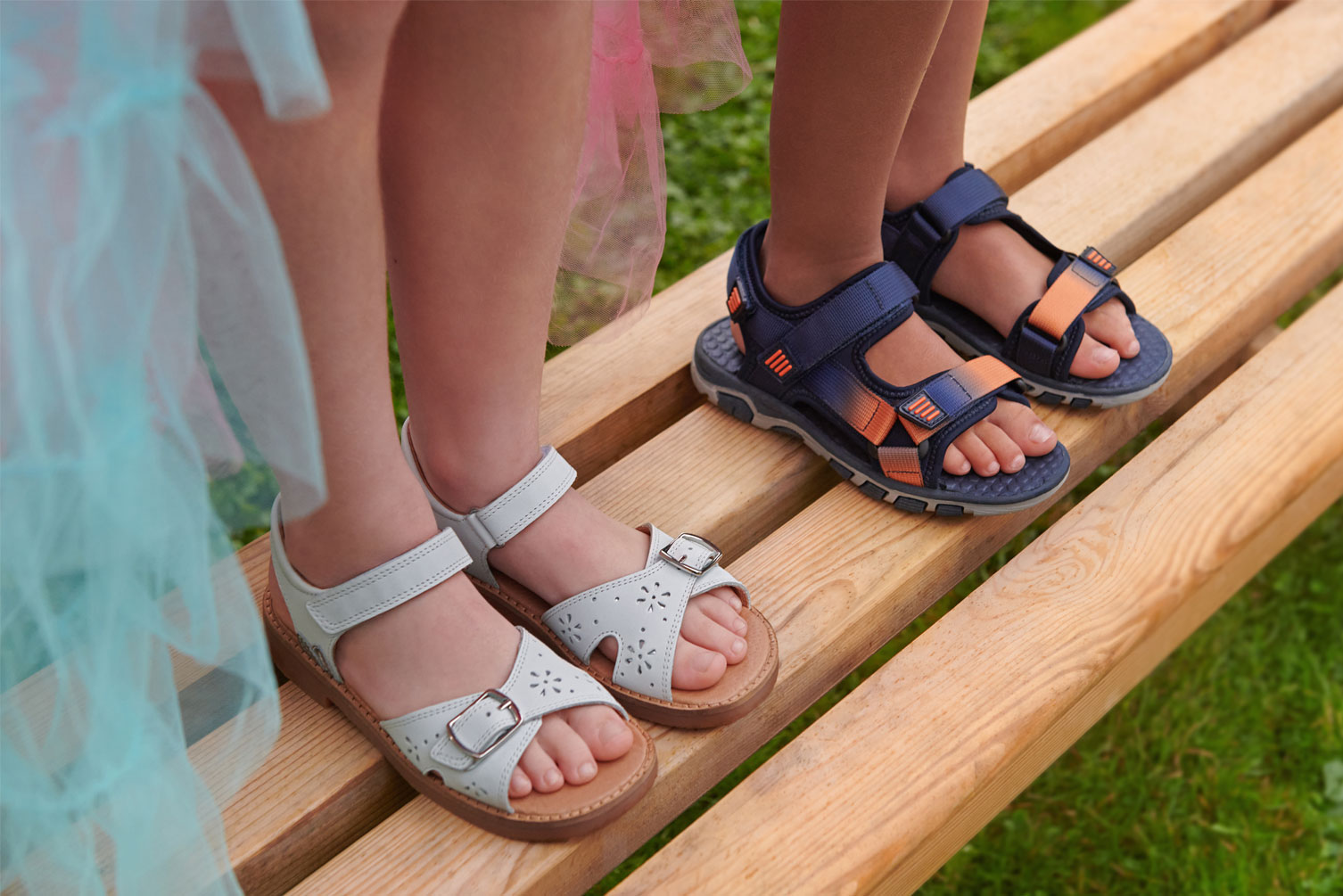
Fungal nail infections occur when a fungal organism gets under the surface of the nail and causes discolouration, thickness and brittleness.
Here, we look at whether fungal nail infections are contagious, if a fungal nail infection can spread from one nail to another nail and what measures you as a parent can take to stop a fungal nail infection from spreading.
Fungal nail infections are highly contagious. The fungus thrives in warm and moist environments like sweaty shoes, and will spread easily to other people if they come into contact with the infection. The fungus can also be passed onto people indirectly through contamination of other warm, moist environments. This is a particular risk in public places such as:
As a result, lots of simple behaviours can put you or your child at risk of developing a fungal infection caught from someone else. Walking barefoot in the places described above can risk contamination - as can sharing towels or nail clippers. Sharing shoes or socks that haven’t been washed first can also increase the risk, as well as direct contact with an infected nail.
Fungal nail infections thrive in warm, moist shoes, so can easily spread to other nails on the foot. If the fungal nail infection is spreading to other nails on the foot, it is important to seek medical advice from your GP or pharmacist because, without treatment, the fungus will continue to spread and can destroy the nail entirely.
It’s also possible for the fungal infection to spread from toenails to the fingernails through direct or indirect contact, so it’s best to keep an eye on all of your child’s nails to spot signs of infection early.
A pharmacist can advise on topical cream treatments that can be purchased without a prescription and would be suitable for the level of infection. If your child has a more severe fungal nail infection, you should seek professional advice from your GP as they might consider prescribing an oral medication suitable for the age of your child.
Whether you’re worried about your child’s fungal nail infection spreading or it’s currently contained, we’d always advise getting medical advice from a healthcare professional to ensure the best possible outcome for your child. Treatment may help to speed up the healing process and might help to relieve any pain or discomfort associated with the infection.
When your child has an infected nail, it’s important to maintain good hygiene and not go barefoot in public places. Help your child by showing them how to clean between the toes and pat them dry, using a towel that only they will use to prevent contamination to other people’s feet in the household.
Top tip! Try to stop your child from picking at the skin around the nail to avoid spreading the infection to other nails - though we know this can be difficult with younger children!
Wearing fresh socks every day will help to keep the toenail dry and clean, particularly if you choose a light, breathable material such as cotton or bamboo. Wearing shoes that keep the feet hot and sweaty for prolonged periods of time will allow the fungus to thrive, so look for shoes with breathable linings and allow your child’s feet to get fresh air and dry out at frequent intervals.
This is especially important for shoes that your little one will be wearing a lot, such as school shoes. Since these are used five days a week for most weeks of the year - including potentially hot weather in the spring and summer terms - making sure they are breathable and comfortable to wear is crucial.
Setting a good foot hygiene routine will go a long way towards helping your child to look after their feet in the long term. Simple hygiene practices like washing and drying the feet thoroughly each day will help to prevent a fungal nail infection from taking hold or spreading.
If your child has an underlying health condition or a compromised immune system, keep a close eye on their feet. Children with diabetes may also be more at risk of challenges with foot health. Medical professionals will check their feet during routine appointments and it’s important to maintain that awareness of your child’s foot health when at home, too.
At the end of the day, looking after your children’s feet with proper hygiene and careful observation during a fungal infection will help to keep them healthy and happy in the long run. With proper care and attention, you can help your little one to get back to running and playing as usual sooner rather than later.